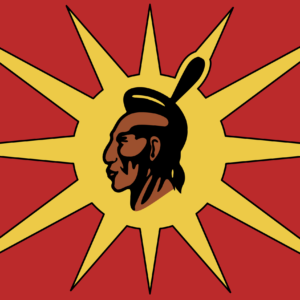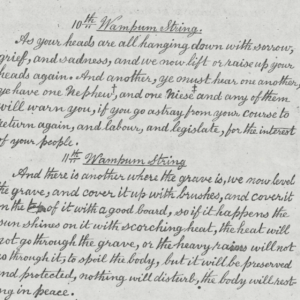
You would have to live under a rock to avoid information on Wet’suwe’ten.
If you’ve been online or watched the news anywhere this month, then you’ve heard about the conflict on the Wet’suwet’en territory.
On February 6, in the early hours of the morning, RCMP officials outside of Houston, B.C., conducted a pre-dawn raid on one of three camps set up on the territory.
These camps are occupied by Indigenous land defenders who are blocking construction of the Coastal GasLink pipeline in Northern B.C..
The main issue that was prevalent enough to incite land defenders to block construction is this — the Wet’suwet’en Nation is comprised of five clans and the negotiations for the TransCanada’s Coastal GasLink project was given the go-ahead by the nations as long as they avoided sacred sites.
The TransCanada’s Coastal GasLink project officials decided to go against this request, and here we are.
This week, members of the Wet’suwet’en Nation continued to limit access to their traditional territories as the RCMP moved to enforce a B.C. Supreme Court injunction to allow pipeline workers entrance through two Wet’suwet’en checkpoints.
The permanent Unist’ot’en camp and the more recently established Gidimt’en checkpoint are part of an ongoing effort by Wet’suwet’en hereditary leaders and members to protect unceded lands from pipeline construction.
They want to protect the land for a myriad of reasons.
The proposed Coastal GasLink pipeline would span 670 kilometers across northern British Columbia. It would supply natural gas from near Dawson Creek, B.C. to the planned LNG Canada export facility near Kitimat, B.C., where it would be converted to liquefied natural gas for export. Construction is estimated to cost about $4.8 billion.
Initially, the pipeline would carry 2.1 billion cubic feet of natural gas per day to the LNG Canada export facility. That’s roughly the same amount of natural gas needed to heat 22,000 average-sized detached homes for one year. Sounds nice on paper.
But, the proposed pipeline would cross more than 1,000 waterways in the Peace, Fraser, Skeena, and Kitimat river watersheds, including waterways home to at-risk fish species, according to the assessment report prepared by B.C.’s Environmental Assessment Office, all which the Unist’o’ten Camp explained will affect the watershed, plants, animals, and communities that depend upon them. The land defenders explain their actions to ensure the longevity of their ancestral lands for future generations.
While Coastal GasLink determined that the majority of the water crossings were at low to medium risk for negative impacts, 51 water crossings were identified as high risk for negative impacts to fish and fish habitat.
The assessment notes the pipeline construction would also pose a risk to wetlands and other wildlife habitats, including caribou and grizzly bear habitat.
In addition, the operation of the pipeline is set to result in between 0.3 million tonnes and 3.5 million tonnes of greenhouse gas emissions measured in carbon dioxide equivalents. That’s roughly the same as emissions from between 71,700 and 760,900 cars over the course of the year.
While more than one proposed pipeline would cross through Wet’suwet’en traditional territory, TransCanada’s Coastal GasLink project is at the centre of the current injunction dispute.
While the Wet’suwet’en First Nation has supported the pipeline, hereditary leaders and some members remain opposed and deeply concerned about the threat they say the pipeline poses to their traditional territory. The hereditary Wet’suwet’en chiefs say the elected First Nations band council does not have jurisdiction over the entire traditional territories and unanimously supported a decision to block Coastal GasLink from entering their territory.
The chiefs pointed to the United Nations Declaration on the Rights of Indigenous Peoples which says Indigenous people will not be “forcibly removed” from their territories.
On Monday, uniformed RCMP and Emergency Response Team tactical unit officers breached the blockade at the Gidimt’en checkpoint after a lengthy interaction between demonstrators and police. Fourteen people were arrested.
Many members of the public and media were barred the campsite area through an RCMP exclusion zone. As RCMP approached the checkpoint on Jan. 8, multiple reporters and protesters at the camp reported that communications signals had been disrupted.






